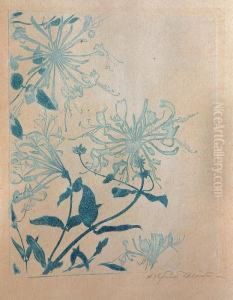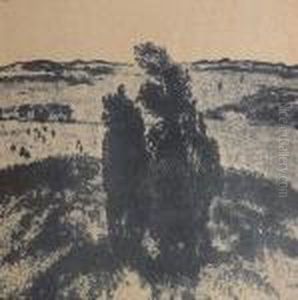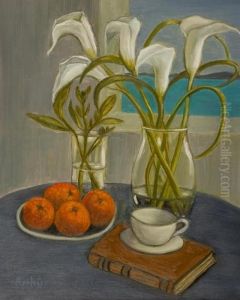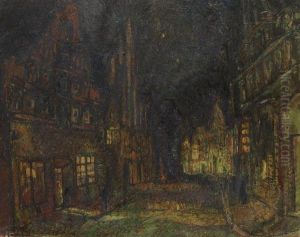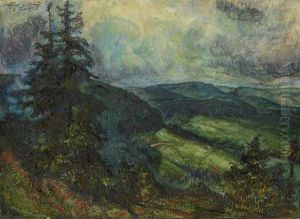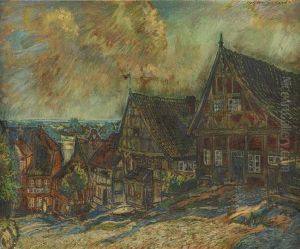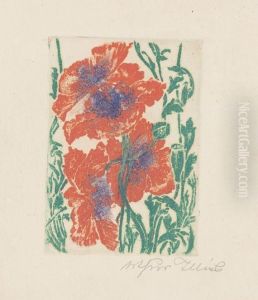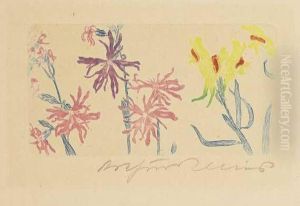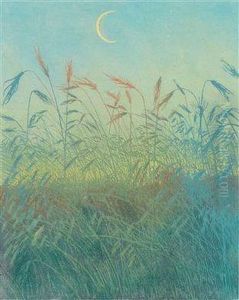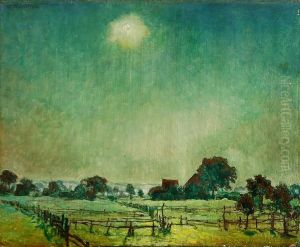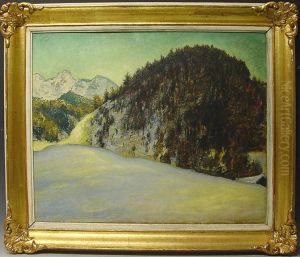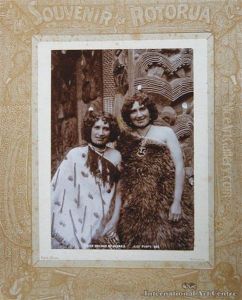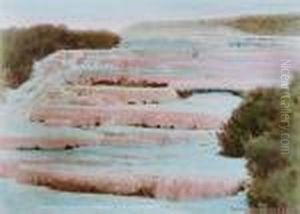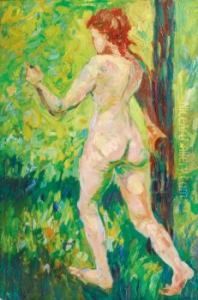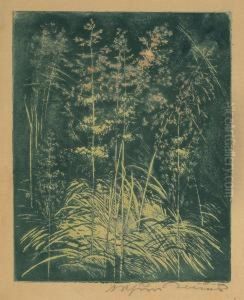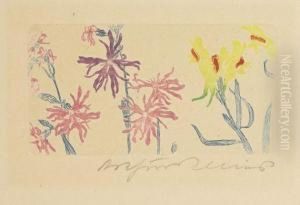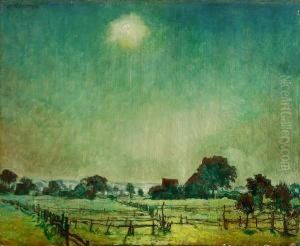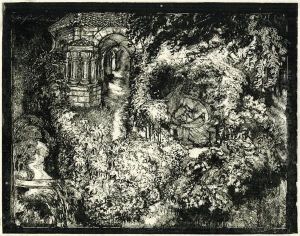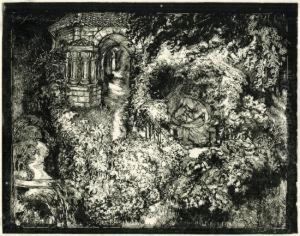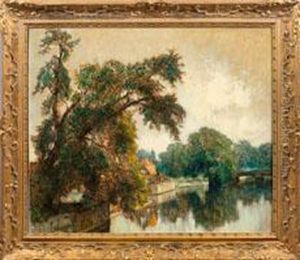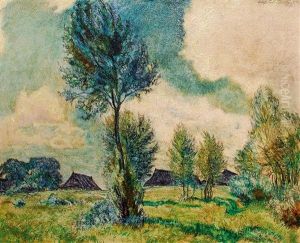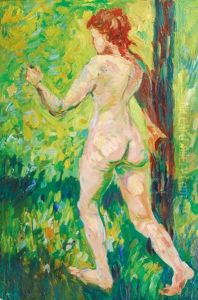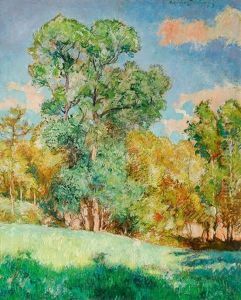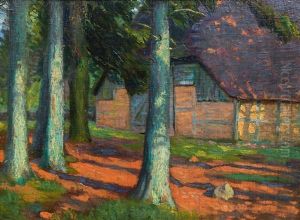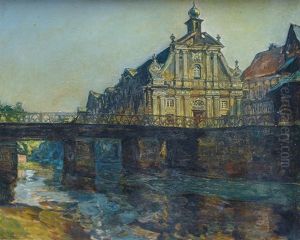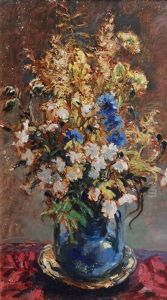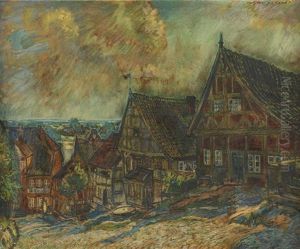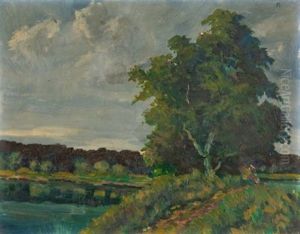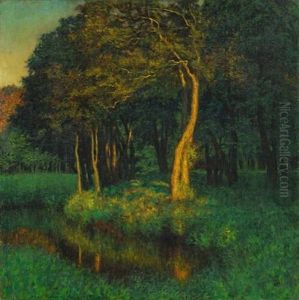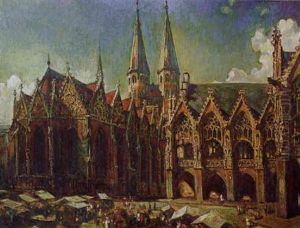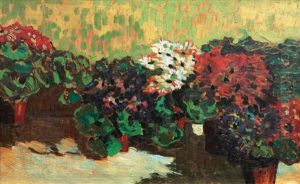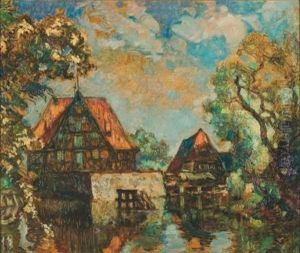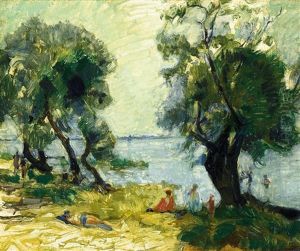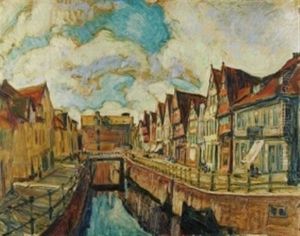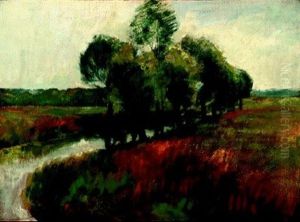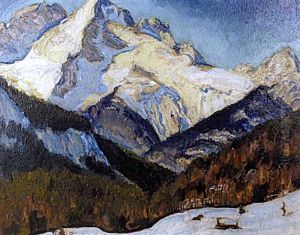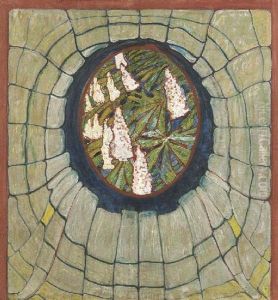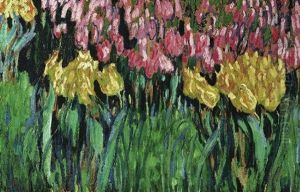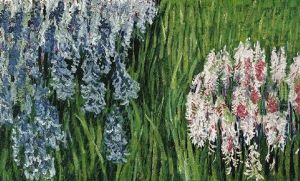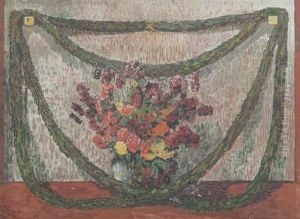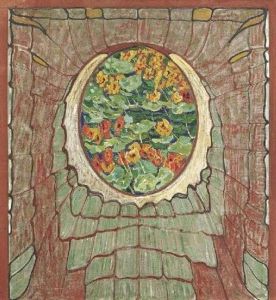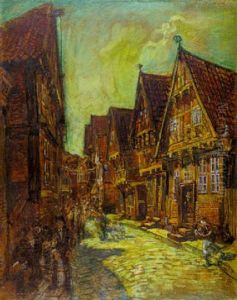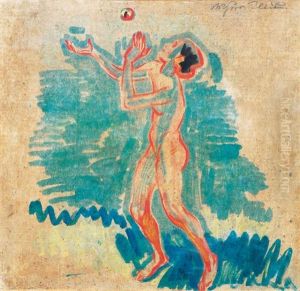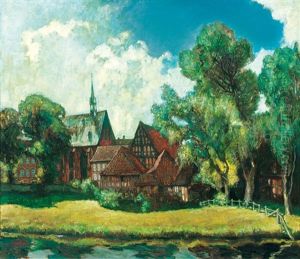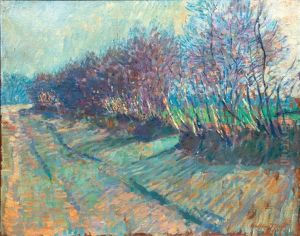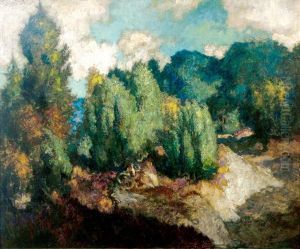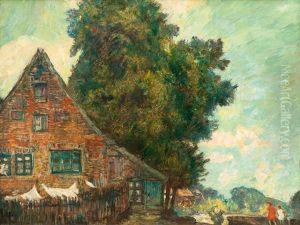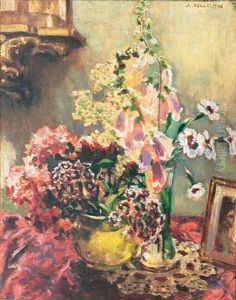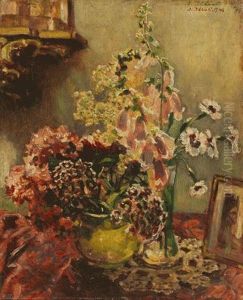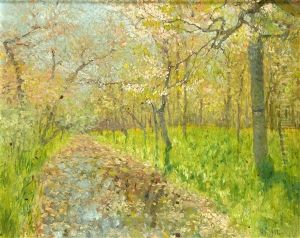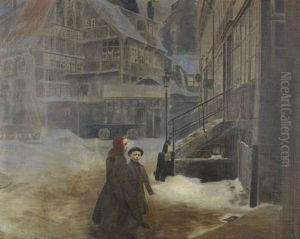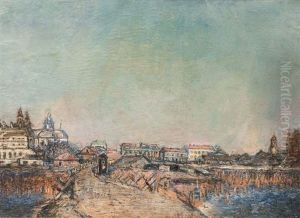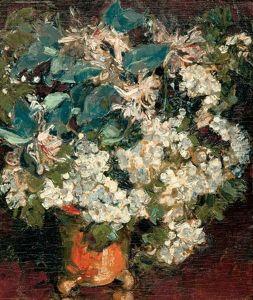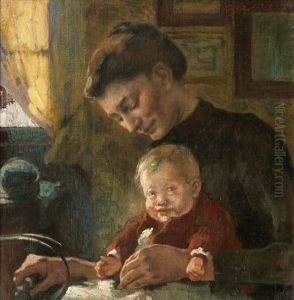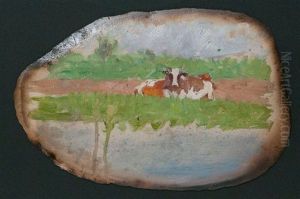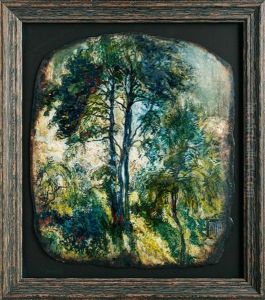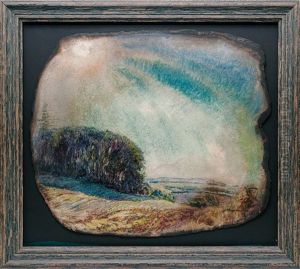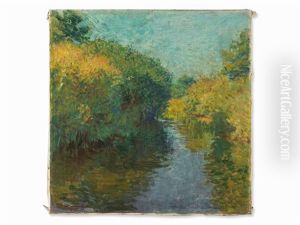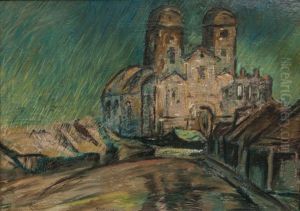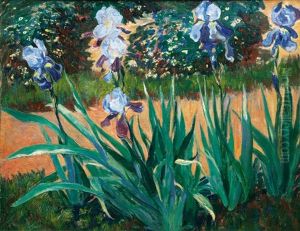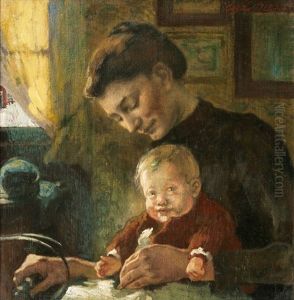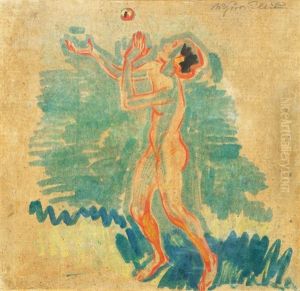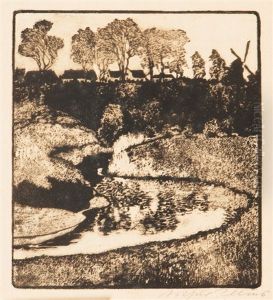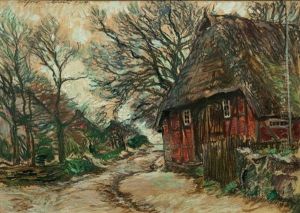Arthur Illies Paintings
Arthur Illies was a German artist born on November 11, 1870, in Hamburg. He was known for his work as a painter, graphic artist, and art teacher. Illies grew up in an environment that fostered his artistic talents from an early age, as he came from a family with a background in the arts.
Illies initially trained at the Hamburg School of Arts and Crafts before continuing his education at various art academies throughout Germany. He was particularly influenced by the Jugendstil movement, the German version of Art Nouveau, which emphasized a return to handcraftsmanship and sought to elevate the status of crafts to that of the fine arts.
Throughout his career, Illies developed a distinctive style that often featured floral motifs, elegant lines, and a harmonious use of color. His work included a variety of media such as watercolor, oil painting, and printmaking. Illies was not only active in creating art but also played a significant role in the Hamburg art scene. He was a founding member of the Hamburg Secession in 1919, a group of artists who sought to promote modern art in the face of more conservative tastes of the time.
In addition to his artistic endeavors, Arthur Illies was also deeply involved in art education. He taught at the Hamburg School of Arts and Crafts, where he influenced a generation of young artists, instilling in them the values of the Jugendstil movement and encouraging the development of their individual styles.
Illies' contributions to art were recognized during his lifetime, and he exhibited his work widely, both within Germany and internationally. His legacy includes not only his own artworks but also the impact he had on his students and the broader artistic community.
Arthur Illies passed away on January 15, 1952, in Hamburg. His work continues to be appreciated for its aesthetic qualities and its place within the broader context of German art history, especially as a representative of the Jugendstil movement and early 20th-century artistic developments in Germany.
